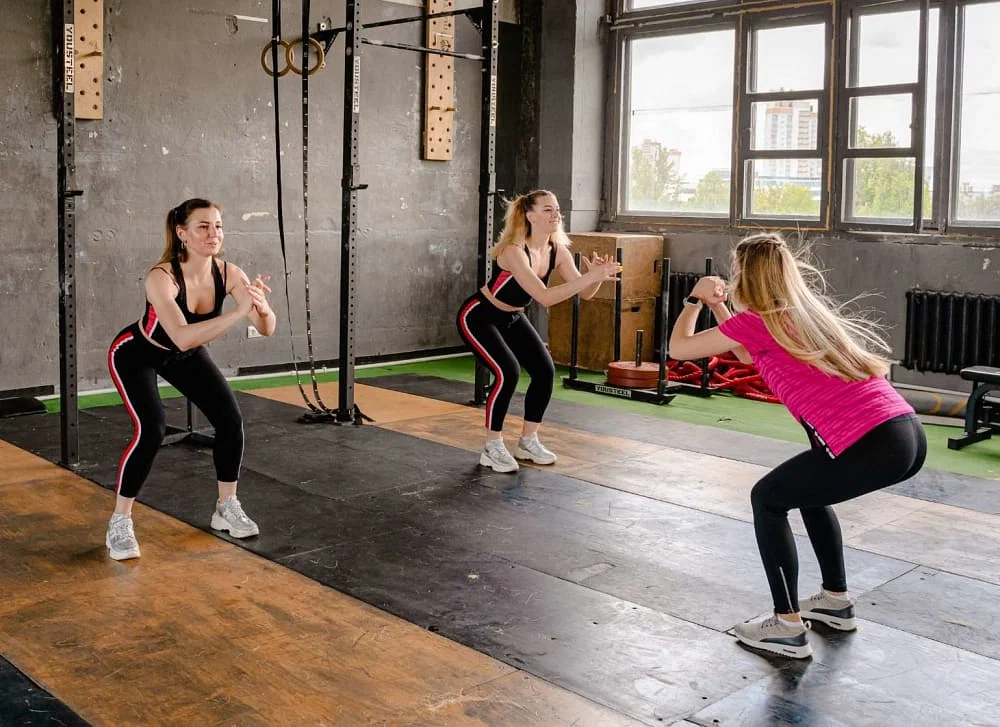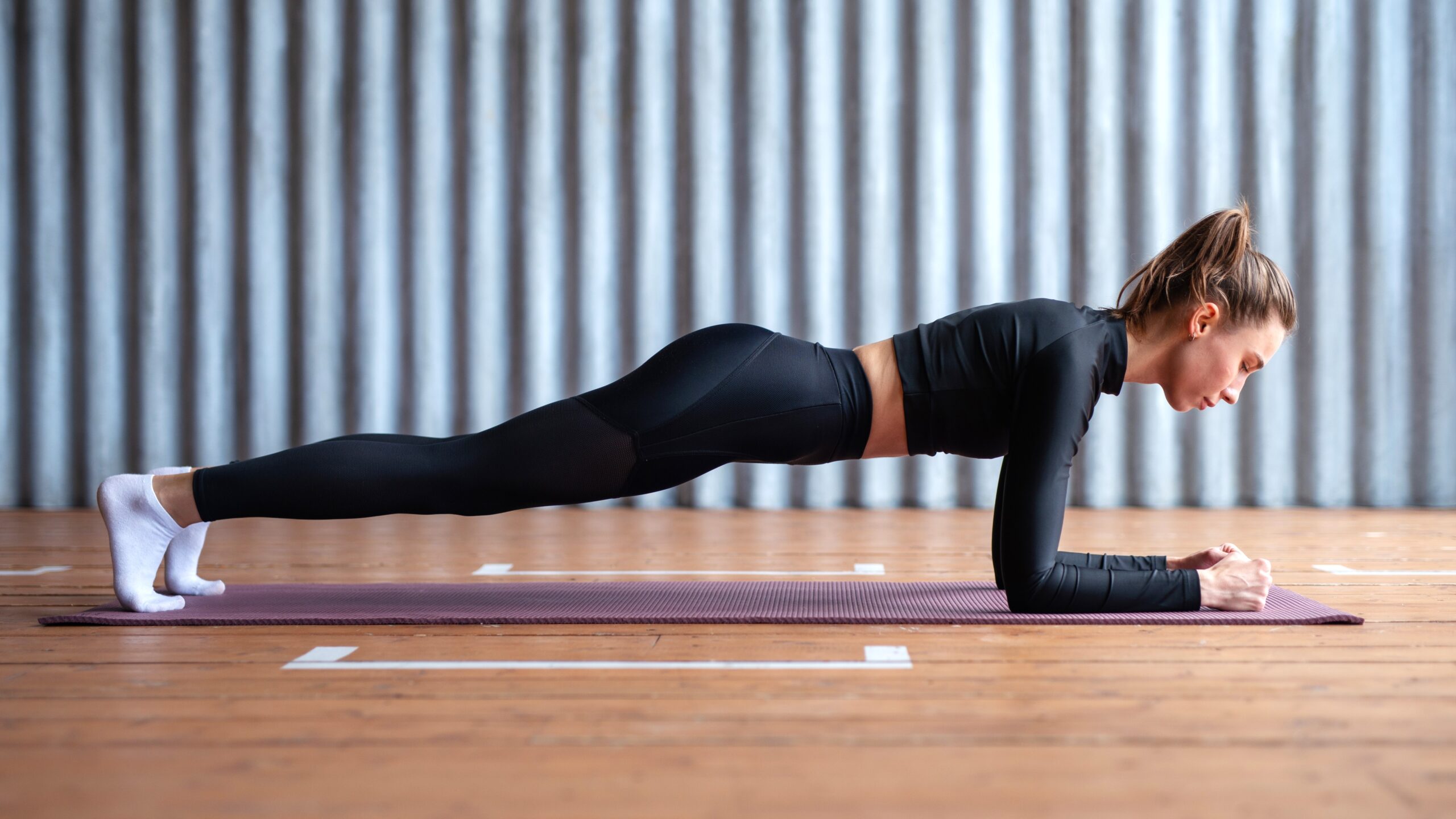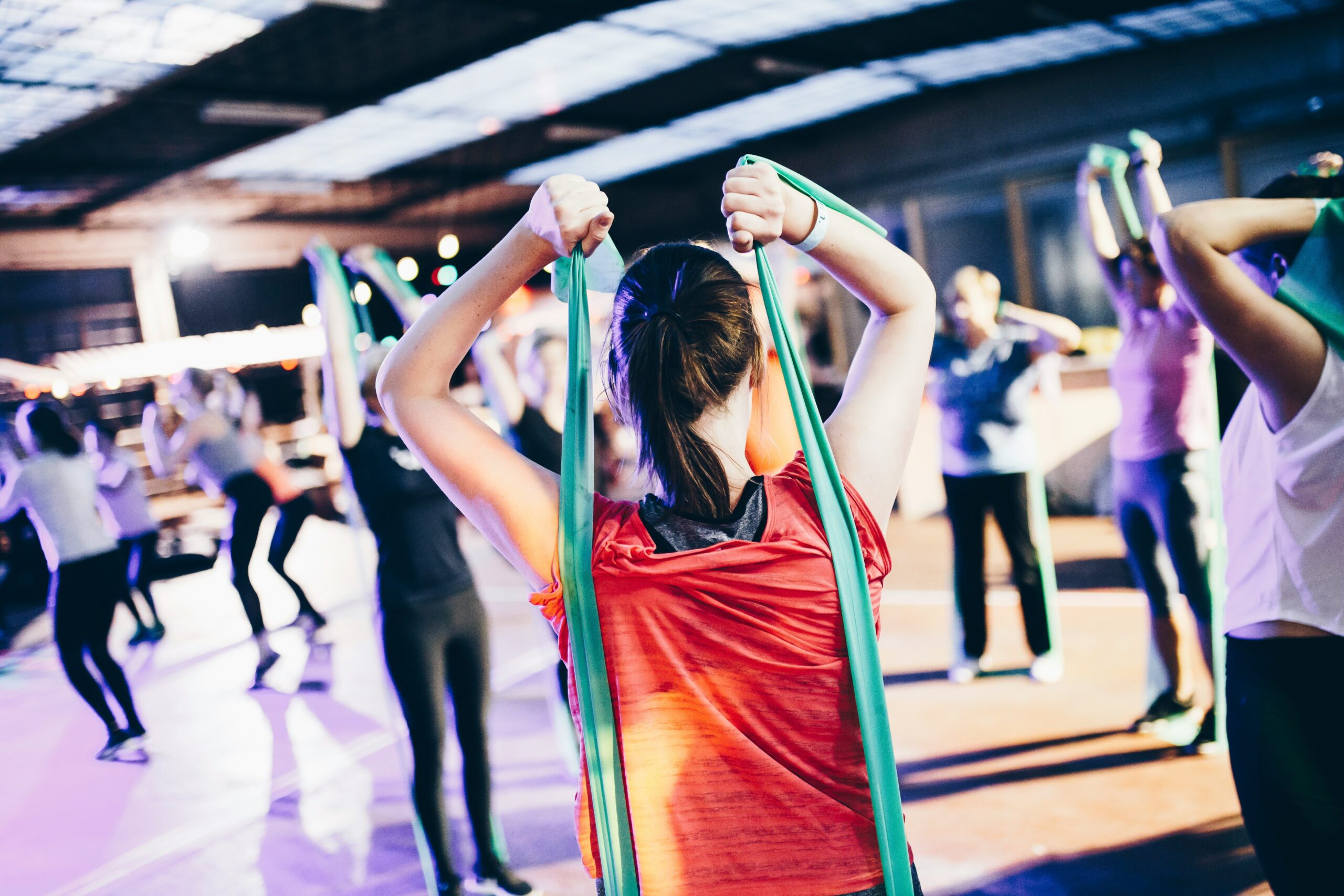INTRODUCTION
When it comes to losing weight, proper exercise is essential. However, it’s not just about the exercises you do; the posture you maintain while performing exercise can significantly impact the results. Incorrect posture can assist in injury, strain, and reduced effectiveness. Let’s introduce and explore some of the best postures to adopt during exercises to help you lose weight efficiently, safely, and surprisingly.
Importance of Proper Posture in Weight Loss
Before diving into specific exercises, it’s crucial to understand why maintaining proper posture is essential and important. Proper posture makes sure that your muscles are correctly engaged, maximizes the efficiency of your workout, and minimizes the risk of injury. When your body is lined up, you also engage your basics more effectively, which is key for burning calories and enhancing overall fitness.
In contrast, poor and bad posture can lead to muscle imbalance and strain, making your workouts and exercise less efficient and potentially leading to injuries. Proper alignment also supports better breathing, which is crucial for maintaining toleration during exercise.
Best Postures for Weight-Loss with Exercises
1. Squats

Squats are major in weight-loss routines because they gain large muscle groups like the glutes, quads, and hamstrings, leading to higher calorie burn. To perform a squat in the correct position there are the following guidelines:
- Stand with feet shoulder-width apart: Keep your feet parallel, toes slightly pointed outwards.
- Engage your basics: Strengthen your abdominal muscles as you lower your body.
- Push your hips back: Imagine sitting back in a chair. This movement ensures your knees do not extend beyond your toes, which can strain your joints.
- Keep your back straight and chest lifted: Avoid rounding your shoulders or leaning forward excessively. Your spinal cord should remain neutral throughout the motion.
2. Planks

Planks are excellent for engaging the core and building overall stability. Holding the correct plank posture not only works your abs but also your shoulders, back, and glutes.
- Start in a push-up position: Place your forearms on the ground with elbows directly beneath your shoulders.
- Keep your neck neutral: Avoid tilting your head up or down; gaze slightly ahead of you to maintain alignment.
- Align your body from head to heels: Your body should form a straight line. Avoid sagging your hips or arching your back.
- Gain your core and glutes: Squeeze your abs and glutes tightly to maintain a stable position.
3. Lunges

Lunges target multiple muscle groups, enhancing the lower body and boosting calories burned. Making lunges with the correct posture ensures you get the most out of the movement while avoiding knee and back injuries.
- Stand tall with feet hip-width apart: Keep your shoulders back and chest lifted.
- Step forward with one leg: Lower your hips until both knees form 90-degree angles. Your front knee should be directly above your ankle, and your back knee should hover just above the ground.
- Push through the heel: As you return to the starting position, drive through the heel of your front foot, keeping your torso upright.
- Avoid tilting forward or collapsing your chest: Your back should remain straight, and your gaze should move forward.
4. Deadlifts

Deadlifts are effective for targeting the behind chain, including your lower back, glutes, and hamstrings. However, incorrect posture during deadlifts can lead to severe injury, so alignment is critical.
- Stand with feet hip-width apart: Keep the barbell or weights close to your body.
- Hinge at the hips: Push your hips back while keeping a slight bend in your knees. Your back should remain flat, with your chest open.
- Keep the bar close to your legs: As you lift, drag the crossbar along your shins, maintaining a neutral spine.
- Avoid rounding your shoulders or hyperextending your back: Keep a strong, stable core throughout the movement.
4. Push-Ups

Push-ups are a full-body workout that can aid in weight loss by targeting the chest, shoulders, triceps, and core. Maintaining the correct posture during push-ups verifies you maximize muscle engagement.
- Start in a plank position: Place your hands slightly wider than shoulder-width apart. Your body should be straight from head to heels.
- Engage your core and keep your hips level: Avoid sagging your hips or lifting them too high.
- Lower your body with control: Bend your elbows, keeping them close to your body at about a 45-degree angle. Lower yourself until your chest nearly touches the ground.
- Push back up while maintaining alignment: Keep your spine neutral, and avoid craning your neck upward.
Tips for Maintaining Good Posture During Exercise
Focus on Basics Engagement
Your core plays a vital role in stabilizing your body during most exercises. Whether you’re doing squats, lunges, or planks, consciously engaging your core muscles helps you maintain balance and alignment.
Use Mirrors for Motivation
Working out in front of a mirror can be an effective way to monitor your posture. Check your form regularly to ensure your spine, hips, and joints are properly aligned.
Startup with Body-weight Exercises
Before incorporating weights, practice exercises using only your body weight. This allows you to focus on posture without the added strain of the heavyweight.
Incorporate Flexibility and Mobility Work
Stiff muscles can hinder proper posture. Include stretching and mobility exercises in your routine to improve flexibility and make it easier to maintain correct alignment during workouts.
Conclusion
Proper posture is a crucial element in effective weight-loss exercises. By focusing on form and alignment, you not only maximize your workout’s efficiency but also protect yourself from injury. Whether you’re doing squats, lunges, or planks, maintaining the right posture is key to achieving your fitness goals. Remember to engage your core, monitor your alignment, and practice exercises with proper form. This approach will ensure you get the most out of your weight-loss journey while staying safe and healthy.

